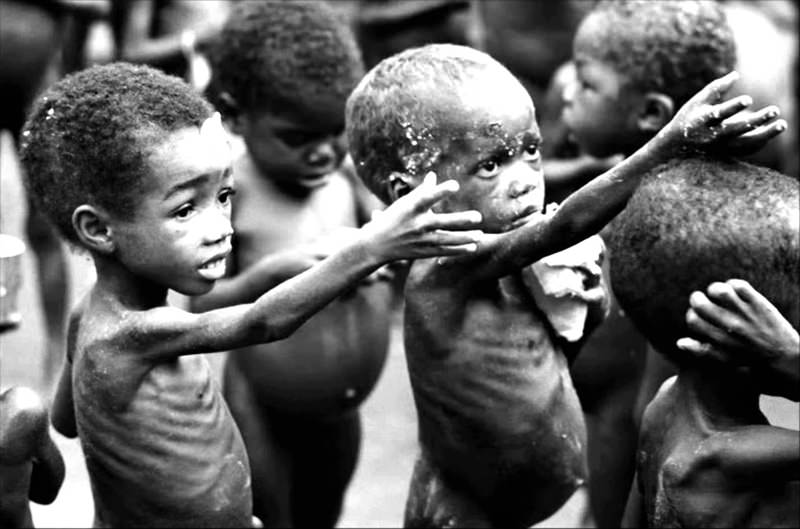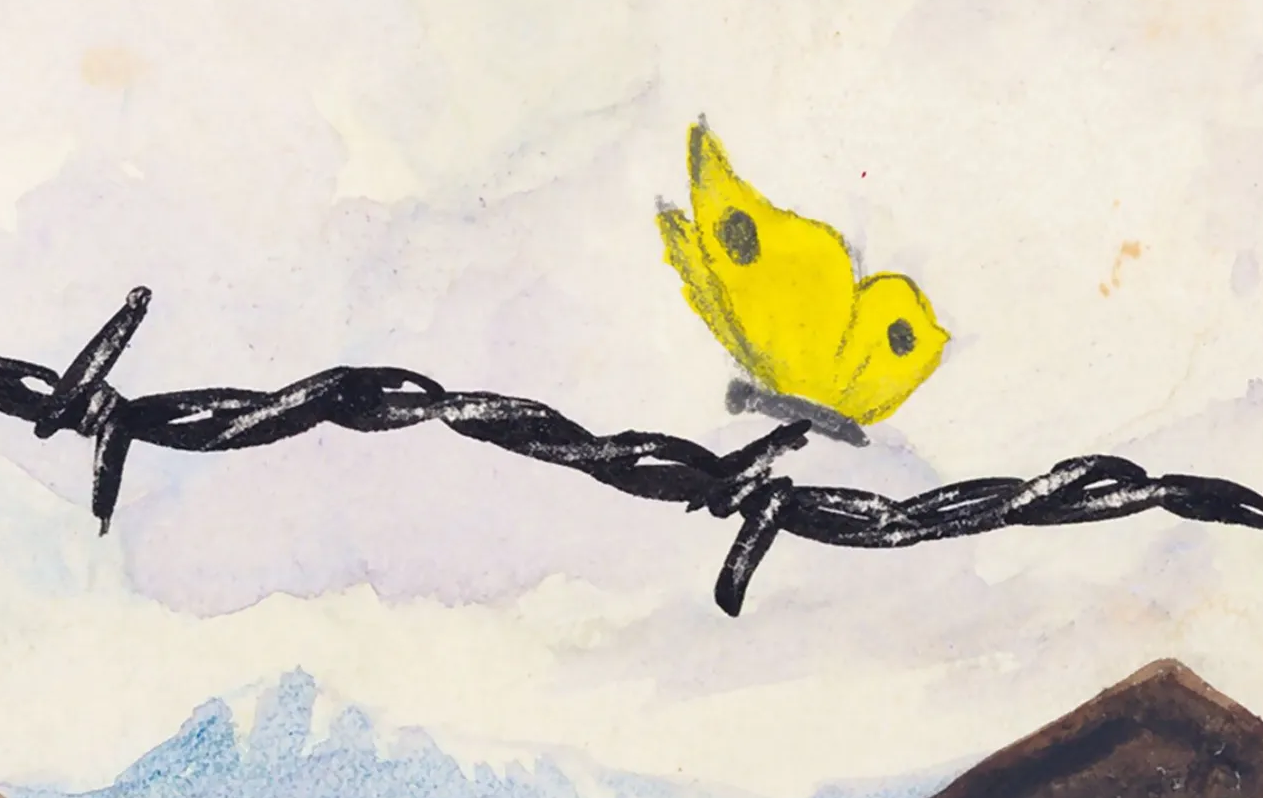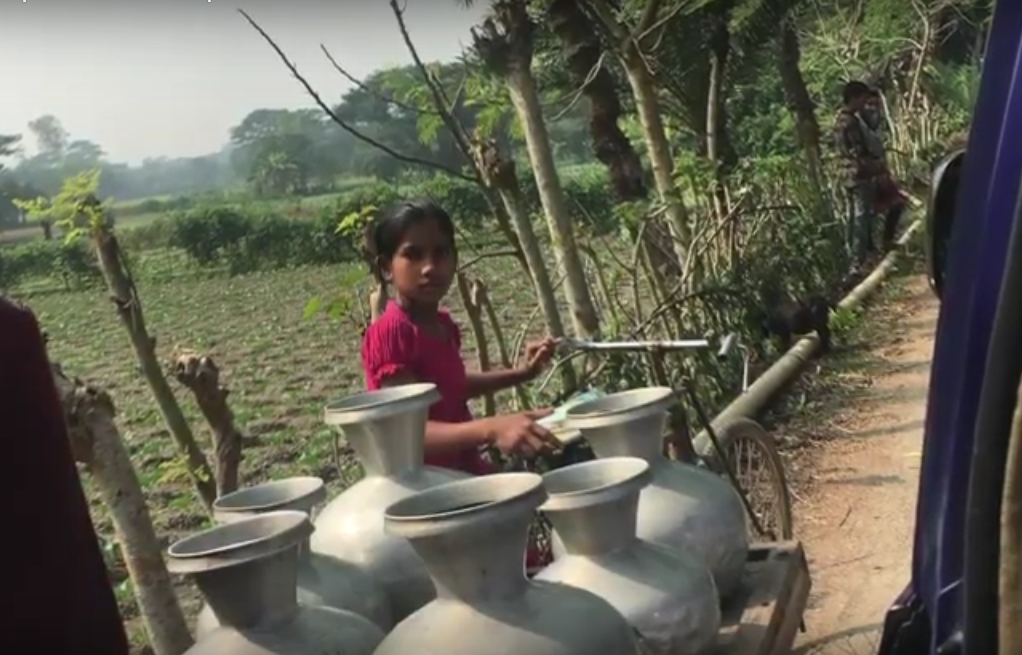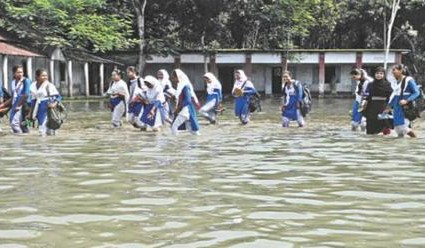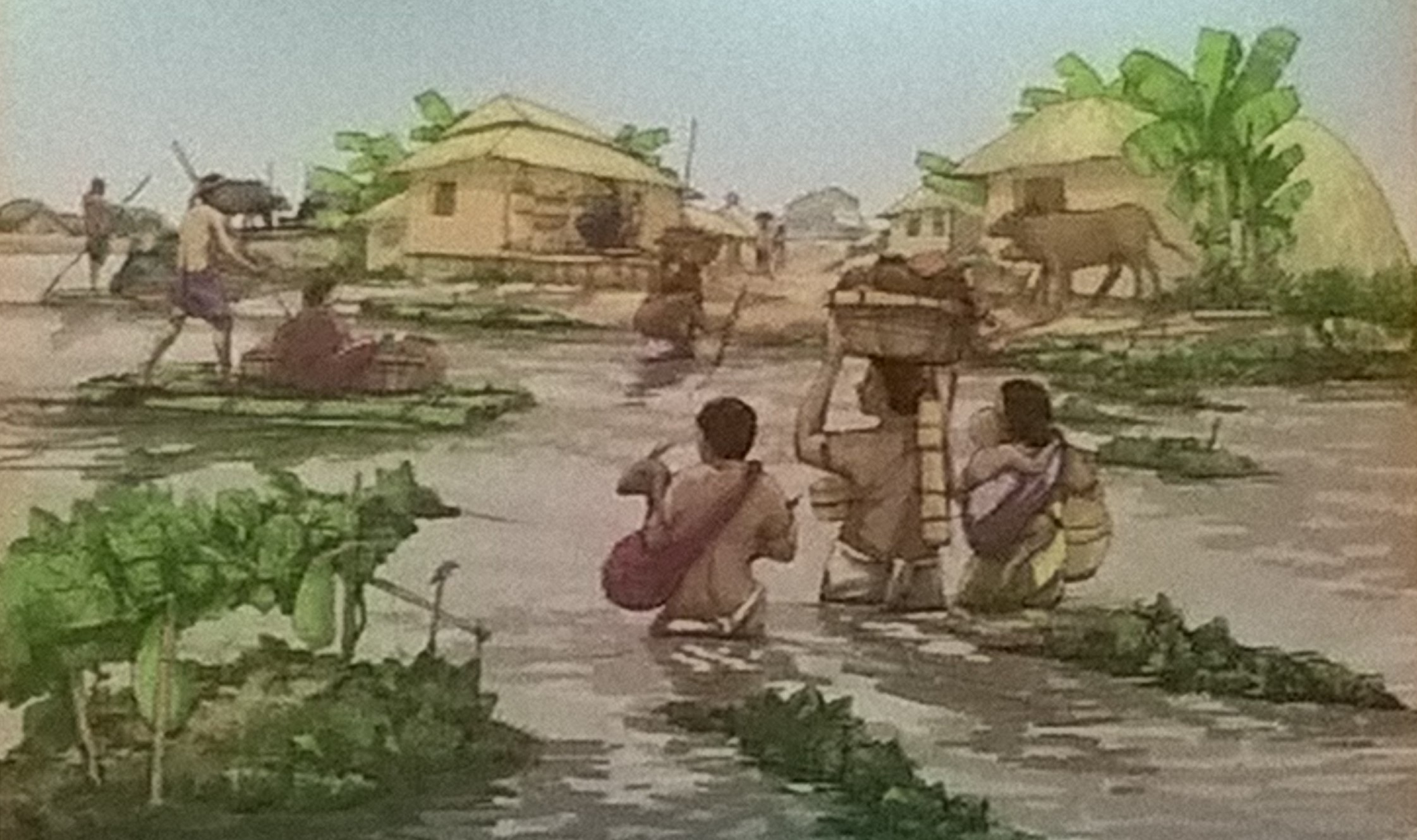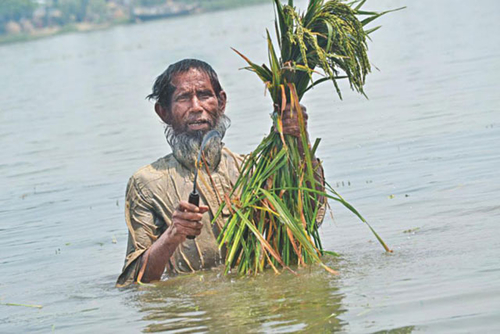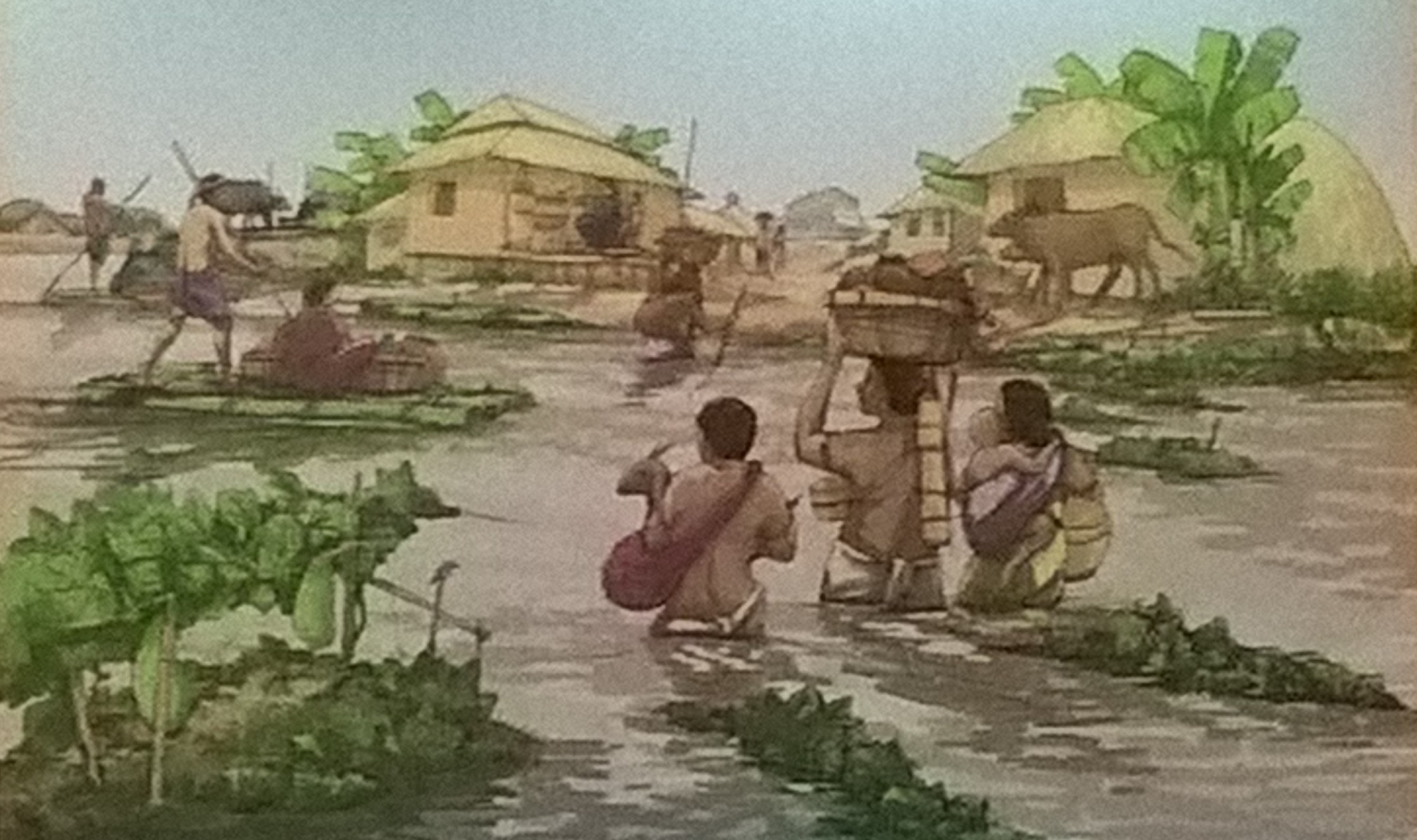Poverty and Famine
This study explores the deeper connections between poverty and famine using the real-world dataset of significant famines in Asia and Africa. It discovers the contributing factors and sees how those created protracted crises, poverty, and vicious cycles of poverty for some countries. The research also focuses on country-specific major contributing factors to poverty, access to modern technology and resources, and their capabilities.


